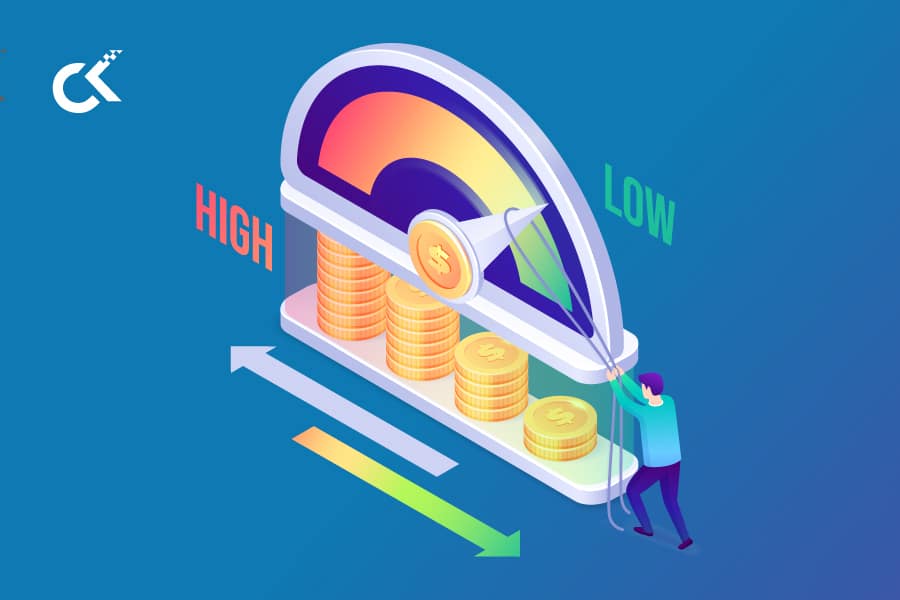Digital transformation is disrupting many industries and the Energy & Utilities landscape is no exception. The sector is facing an unprecedented level of disruption across the energy value chain as a result of the digital era.
Energy 4.0 is the catchword being used to represent the integration of emerging technologies. As it goes through a digital revolution, the Energy & Utilities sector is embracing emerging innovations such as the Internet of Things (IoT), Cloud Computing, Data Science, and Artificial Intelligence.
Challenges Faced by the Utility Industry
The Energy & Utility industry is highly complex, competitive and sensitive. However, there are as many opportunities as challenges present all along the power-industry value chain, from generation to customer relationship management.
Regulations
While regulatory authorities are catching up with changed realities and enabling innovation, the sector is one of the most regulated specially when it comes to environmental regulations
Competition
Disruptive players entering the Utility industry and business models are under pressure, mainly from a digital customer experience perspective. In Singapore alone, the power utility providers have jumped from one single provider to 13 private retailers under the Open Electricity Scheme within a short period of 1 year. Most of these retailers are born-in-cloud companies giving stiff competition to the established state provider.
Economic & political challenges
Some of the recent conflicts are reshaping the way countries are sourcing their energy. Some countries are reviewing existing dependencies while others are forging partnerships. Also, renewables have emerged as a technologically feasible, economically attractive and sustainable choice that increasingly can meet the energy needs of many countries. As tackling climate change becomes critical and renewables steadily increase their capacity to meet our energy needs, the global transition to sustainable sources of energy will continue to accelerate.
Managing customer expectations
Customer expectations and relationships are changing, and utility providers must keep pace with the same. Customers have come to expect a digital engagement with providers. This is a result of born-digital companies who are providing delightful digital customer experiences. Consumers have less and less patience with traditional engagement models and are willing to shift to providers who are digitally enabled.
Key Technology Trends
Digital transformation can boost profitability by 20 to 30 percent. Utilities can realize most of this potential by three means: smart meters and grids, digital tools for employee productivity, and automation of processes. Here are the 4 major digital technology trends taking over the sector:
IoT
A variety of IoT solutions have been deployed in the last 5 years. Drones and IoT sensors are used to inspect facilities and lines. Smart grid meters provide real-time data regarding demand for oil, water, gas and electricity. IoT devices also can monitor variations in temperature, moisture and vibrations, making it easier to prevent equipment failures and increase safety.
Big Data
Big Data plays a crucial role in this industry due to sheer size of data generated as well as the competitive advantage, efficiencies and customer benefits that it can provide. If customer experiences are digitalized, utilities can improve customer satisfaction and lower operational costs. In many locations there is also the potential to improve revenue.
Cloud Kinetics also recently implemented a Big Data and Analytics solutions for one of India’s largest electricity distributors. With their existing on-premise IT setup on Oracle SuperCluster, the MIS team struggled to present reports to decision makers on time. With Cloud Kinetics’ solution, reports that needed 5-12 hours to be generated are now getting generated in less than 1 minute. Additionally, the Pay-as-you-go Cloud model reduced 60% costs on data storage. Read the full Case-Study here.
Blockchain
Blockchain technology, particularly smart contracts, have the potential to make end-to-end delivery of energy simpler and more efficient. This includes accounting for emissions and guaranteeing that energy supplies actually came from the sources attached to the contracts. Although blockchain technology is still maturing and currently not robust enough to support large markets, production-ready frameworks are emerging delivering such benefits as automation, security, and auditability.
Predictions
There are more digital transformation evolutions taking place in the Energy & Utilities sector creating more opportunities. To realize these digital opportunities, the companies need to transform the way they operate. Here are a few predictions for the Utility Industry:
Conclusion
Unlike the past where the big fish ate the small fish, today the fast fish is challenging the slow fish. The Energy & Utilities sector is not known to move very fast but given the tremendous opportunity, they have little choice if they want to remain competitive. Established companies are being challenged by agile growth companies which – without the burden of legacy – can quickly leverage the power of modern technologies to foster innovation. Most companies have already launched mobile applications for bill notification, payments, as well as for outage management. This is only poised to grow.




